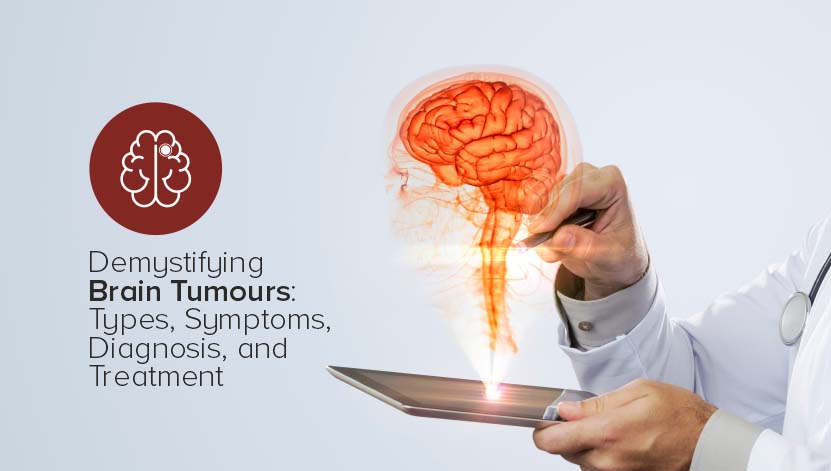In the vast scope of medical maladies, few invoke the chilling blend of fear and intrigue that the term 'brain tumour' does. For many, the thought of these intrusions into the body's most complex organ is synonymous with a battle to beat the odds—a battle that we often witness through inspiring stories of strength and resilience.
